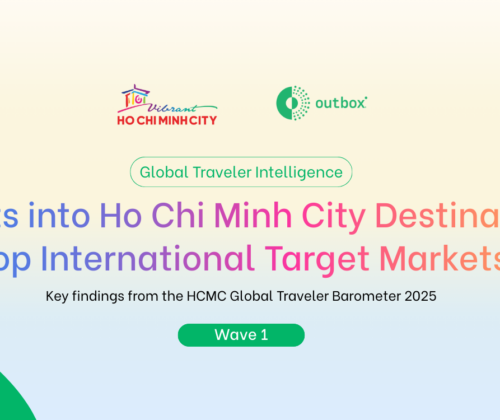The rise of artificial intelligence (AI) is transforming how businesses collect, process, and utilize data. In this landscape, synthetic data – data that is artificially generated instead of being collected from real-world events – has gained growing attention. Marketed as a scalable, privacy-safe, and cost-effective solution, synthetic data is making its way from fields like finance and healthcare into market research.
But amid the buzz, one question remains: Can synthetic data truly replace human respondents in understanding markets, especially in travel and tourism?
What Is Synthetic Data – and Why Is Everyone Talking About It?
Synthetic data refers to information that is algorithmically generated to resemble real-world data. It’s designed to mimic the statistical properties and structure of actual datasets, and is typically used when real data is sensitive, expensive, or hard to obtain.
Adoption of synthetic data is already widespread in sectors like finance (for fraud detection), healthcare (for privacy-protecting medical simulations), and retail (for behavioral modeling). As data privacy regulations tighten and data scarcity becomes a significant barrier, synthetic data is increasingly being explored as a viable tool in market research, including studies on traveler behavior and tourism trends.
Synthetic Data in Travel Market Research
In tourism, where market conditions can shift rapidly and real-time data is often limited, synthetic data offers several advantages.
First, it enables researchers to simulate traveler behavior in emerging or under-researched markets where historical data is either unavailable or unreliable. This is especially useful for destinations looking to explore new source markets or planning to rebrand after a tourism downturn.
Second, it allows travel businesses to test new products or concepts in a controlled environment. For example, tour operators might model how different customer personas would respond to a hypothetical travel package, helping them refine offerings before they reach the market.
Lastly, synthetic data helps expand and enhance existing datasets. By generating synthetic variations of real data, researchers can refine customer segmentation models and conduct broader “what-if” analyses that would be too expensive or time-consuming if relying solely on primary data
When used wisely, synthetic data can help travel businesses and researchers generate fast, scalable insights that would otherwise take months of costly data collection.
Not a Replacement: The Limitations of Synthetic Data
Despite its advantages, synthetic data is no silver bullet, especially when it comes to human-centric industries like tourism.
One of its core limitations is that it lacks emotional depth and the unpredictability inherent in human behavior. Synthetic travelers behave exactly as they’re modeled. But real tourists don’t always follow predictable patterns; they are influenced by emotions, spontaneity, and cultural nuances that no algorithm can fully replicate.
Another concern is the risk of bias. Synthetic data models are only as effective as the data they are trained on. If the original inputs are biased or incomplete, the outputs will amplify those same flaws, rather than correct them.
Perhaps most critically, cultural and experiential factors are extremely difficult to replicate. Tourism is deeply personal. A synthetic dataset cannot fully capture the impact of a cultural moment, a personal memory, or a unique local experience – elements that often shape traveler decisions in ways that defy modeling.
So Where Does Synthetic Data Fit in a Research Strategy?
Synthetic data should not be seen as a replacement for real respondents; instead, it can serve as a powerful complement to traditional research approaches.
When combined with primary research methods – such as surveys, interviews, or observational studies – synthetic data can help researchers scale insights, test hypotheses more quickly, and explore broader scenario planning. Its role is best understood as a simulation and augmentation tool, not as a standalone source of truth.
In short, synthetic data strengthens research, but it cannot replace the nuanced human perspective that is essential in tourism.
The Future Is Hybrid
Synthetic data does not signal the end of traditional market research. Instead, it represents a shift towards hybrid approaches, where human insight and technological capabilities work together.
In the context of travel and tourism, where understanding human behavior is central, synthetic data opens newfound possibilities. Nevertheless, human intuition, cultural awareness, and real-world data remain irreplaceable.






